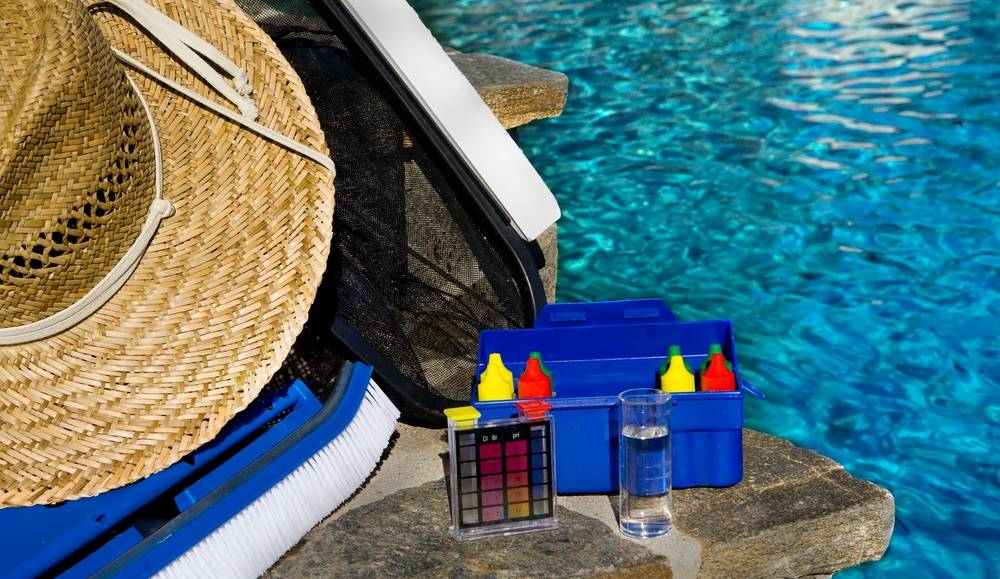I have been struggling to get my pool to desired FC levels. Just started up a new SW system which is working properly. over the past week I have added 15 lbs of Bioguard super soluble, no real effect, then 4 lbs (3 days ago) and 3 lbs of in the swim shock last night. FC this morning under 1.
CYA was 89 when tested at the pool store; I measure around 120 after adding the super soluble (I have a Taylor test kit). Phosphates measure 4000ppb.
The support people at Circupool (SW generator provider) are advising that the phosphates are a big problem as well as the CYA. I will be removing the phosphates this weekend using PhosFree and/or Tr-10000.
I don't have a drain so in order to bring CYA down I will have to siphon. annoying but possible. My pool guy says CYA should be OK up to 200ppm, but everything I find here and elsewhere raises a flag over 100 and recommend around 70 for SW pools.
any advice is much appreciated. I'm getting tired of chasing my tail!
CYA was 89 when tested at the pool store; I measure around 120 after adding the super soluble (I have a Taylor test kit). Phosphates measure 4000ppb.
The support people at Circupool (SW generator provider) are advising that the phosphates are a big problem as well as the CYA. I will be removing the phosphates this weekend using PhosFree and/or Tr-10000.
I don't have a drain so in order to bring CYA down I will have to siphon. annoying but possible. My pool guy says CYA should be OK up to 200ppm, but everything I find here and elsewhere raises a flag over 100 and recommend around 70 for SW pools.
any advice is much appreciated. I'm getting tired of chasing my tail!


 I have to say, there is so much wrong with the advice you have been given I don't even know where to start.
I have to say, there is so much wrong with the advice you have been given I don't even know where to start.  The simplest thing right now is to just cut the cord from the pool store and the tech who told you a CYA of 200+ is okay. Wow.
The simplest thing right now is to just cut the cord from the pool store and the tech who told you a CYA of 200+ is okay. Wow.